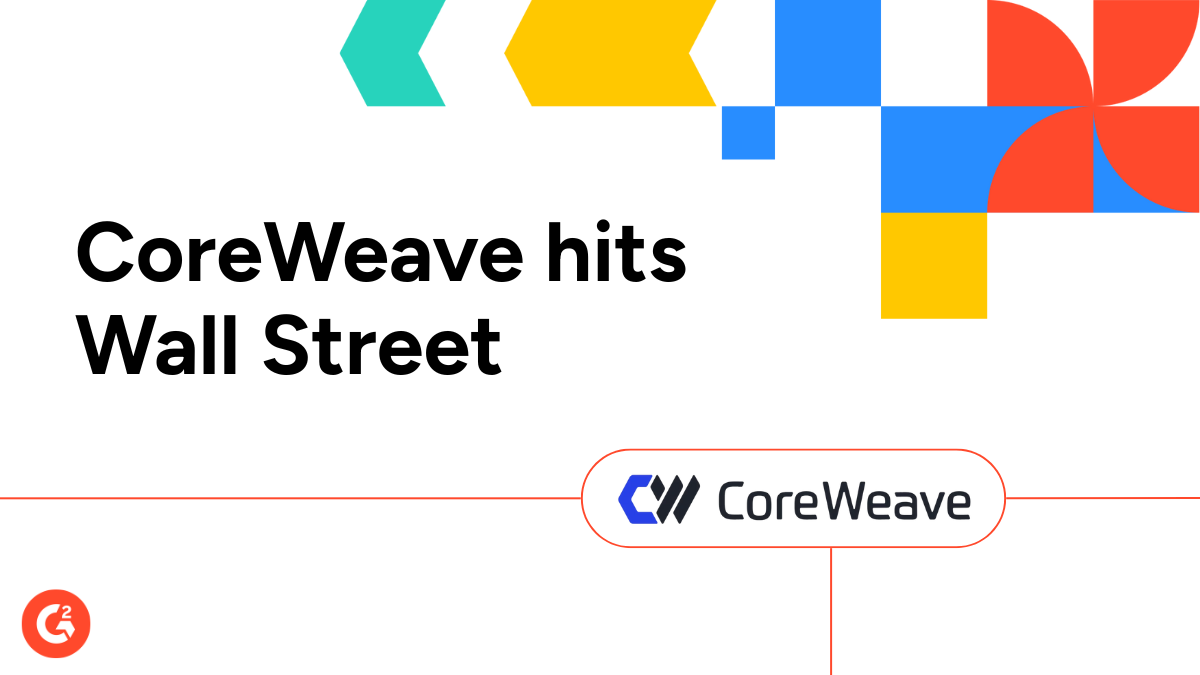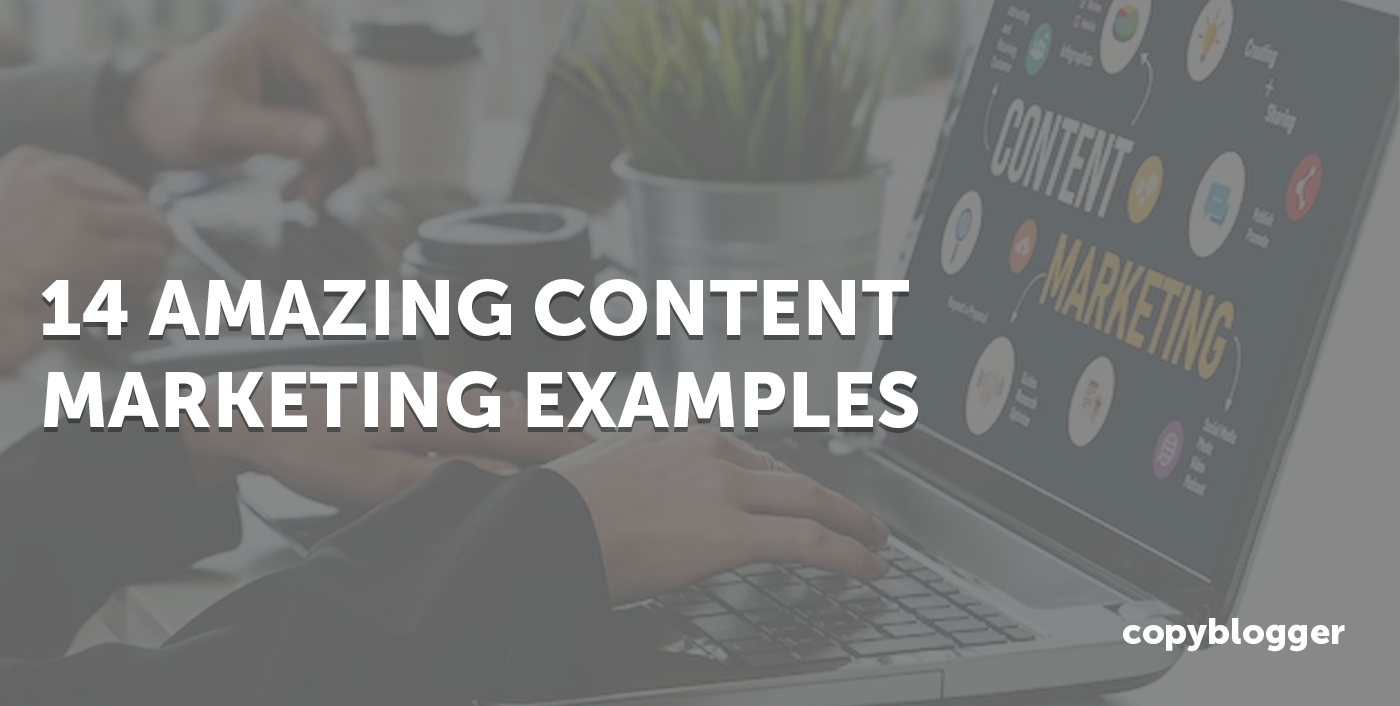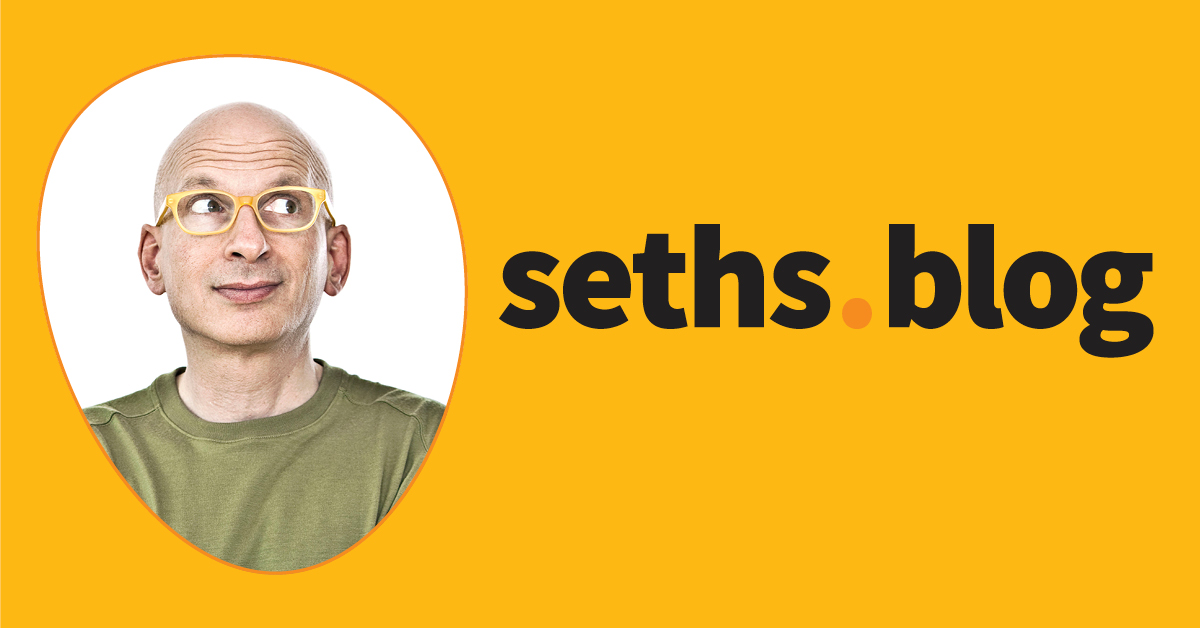CoreWeave‘s IPO has lastly hit the market, and Wall Avenue’s response has been muted as shares debuted beneath the providing value.
This comes after the corporate determined to cut back its providing measurement and pricing expectations in what was anticipated to be one of many 12 months’s most important tech listings.
How did CoreWeave’s IPO carry out?
CoreWeave shares opened at $39 in its buying and selling debut on Friday, beneath its IPO value of $40, reflecting how the market is weighing investments in AI infrastructure.
The corporate, which began as a crypto mining operation in 2017 earlier than remodeling right into a cloud startup specializing in GPU-accelerated workflows, had initially sought a valuation of over $30 billion earlier than downsizing to $23 billion.
CoreWeave is without doubt one of the first true AI infrastructure pure performs to go public — not like Palantir or C3 AI, which focus extra on analytics and enterprise software program. Till now, many of the AI cloud motion has been dominated by the massive three: AWS, Google Cloud, and Azure.
So, what does this imply past Wall Avenue? In case you’re operating a enterprise, working in tech, or simply maintaining a tally of the AI arms race, this IPO may shake issues up in methods you did not anticipate.
CoreWeave’s strategic pivot
CoreWeave has undergone vital change since its founding eight years in the past. What started as a cryptocurrency mining operation began by three Bitcoin fans has now reworked right into a cutting-edge cloud infrastructure firm. Speak about a well-timed pivot.
So, what precisely does CoreWeave do?
At its core, CoreWeave supplies specialised cloud computing infrastructure optimized particularly for AI workloads. The corporate affords high-performance GPU clusters that companies can entry on demand to coach and run massive AI fashions and different compute-intensive purposes.
In contrast to conventional cloud suppliers that supply a variety of common computing companies, CoreWeave’s total infrastructure is purpose-built to fulfill the distinctive calls for of AI purposes. It supplies sooner deployment, extra versatile scaling, and infrequently less expensive entry to the specialised {hardware} (notably NVIDIA GPUs) that energy at this time’s AI revolution.
CoreWeave is categorized on G2 as an Infrastructure as a Service (IaaS) supplier. These suppliers supply cloud-hosted infrastructure to companies in quite a lot of kinds, together with public clouds, digital machines, high-performance computing, naked metallic servers, and extra.
Main traders have observed the corporate’s strategic shift. Heavyweight backers like NVIDIA, Magnetar, and Coatue have positioned their bets on CoreWeave’s imaginative and prescient. A very noteworthy $11.9 billion deal signed with OpenAI highlights the corporate’s strategic significance within the AI ecosystem.
The numbers inform a narrative
CoreWeave’s monetary trajectory tells a compelling story of development and potential — and reveals they’re definitely betting on themselves.
In 2024, the corporate reported a staggering 737% year-over-year income improve, reaching $1.9 billion. Nevertheless, this explosive development got here with vital funding, as mirrored of their $863 million in losses. This monetary profile shouldn’t be unusual for high-growth tech corporations taking large bets.
CoreWeave’s IPO spotlights a brand new breed of specialised suppliers reshaping how companies construct and scale AI.
Nevertheless, as with every main tech debut, CoreWeave’s IPO has sparked loads of considerate conversations past the headlines.
Consultants have been weighing the corporate’s partnership with NVIDIA — a relationship that drives CoreWeave’s efficiency edge whereas naturally elevating questions on provide chain variety. Market watchers are additionally trying on the fundamentals: how the corporate plans to develop, who its prospects are, and whether or not its enterprise mannequin is smart long-term.
These aren’t simply theoretical considerations; they’re the sensible questions that traders all the time ask when deciding whether or not to purchase in, and so they’ve undoubtedly formed how this entire IPO story has performed out.
Why now? The AI infrastructure increase
With the rise of AI, there’s unprecedented demand for AI-first infrastructure.
The worldwide AI infrastructure market is anticipated to surpass $200 billion in spending by 2028. Corporations are racing to coach and deploy large-scale AI fashions, creating a large market alternative that CoreWeave is positioned to seize.
This surge has put vital stress on conventional hyperscalers like AWS, Google, and Microsoft, who at the moment are scrambling to supply extra versatile, GPU-rich options.
CoreWeave’s IPO was carefully watched, not simply due to its ties to generative AI however as a result of it was seen as a bellwether for the broader tech IPO market.
The result may sign a shift in how public markets are beginning to deal with AI-focused corporations. Only a 12 months in the past, something with the letters “AI” in its pitch deck was scorching property. Now, there appears to be extra hesitation. Buyers nonetheless imagine in AI’s potential, however they’re additionally asking harder questions — particularly with regards to real-world income, long-term margins, and enterprise fundamentals.
This cooling investor sentiment mirrors a shift amongst patrons, based on G2’s 2024 Purchaser Conduct Report. Whereas 77% of patrons imagine “software program corporations have genuinely superior AI know-how of their merchandise past merely capitalizing on the AI hype,” expectations for efficiency have grown, too.
Amongst those that contemplate themselves “AI Energy-Customers,” a placing 75% anticipate their firm to attain optimistic ROI for AI investments sooner than for different investments.
CoreWeave’s IPO could be an indication that we’re coming into the “show it” part of the AI cycle.
For companies betting large on AI, it’s a helpful pulse verify: the AI increase is actual, however scaling it sustainably — and convincingly — within the eyes of public traders continues to be a problem.
What this implies for the cloud wars
As AI continues to reshape know-how, corporations coaching AI fashions are more and more looking for extra specialised and scalable GPU entry. Conventional cloud hyperscalers might wrestle to fulfill the distinctive computational calls for of superior AI workloads.
CoreWeave and related specialised suppliers are rising as important options to mainstream cloud companies. The shift is pushed by the necessity for extra versatile, cost-effective, and AI-optimized infrastructure options. Companies are discovering {that a} one-size-fits-all cloud strategy not works for cutting-edge AI growth and deployment.
Listed here are just some tendencies to regulate because the business continues to evolve.
Procurement technique reimagined
Organizations do not essentially really feel loyal to conventional cloud suppliers. As a substitute, they’re exploring specialised AI cloud stacks that supply extra exact, performance-driven options tailor-made to complicated machine studying workloads.
Specialised infrastructure classes gaining traction
The development towards specialization will be seen within the rise of specialised software program classes. These area of interest classes are quickly rising in reputation.
- MLOps and LLMOps have gotten important disciplines, specializing in streamlining machine studying and enormous language mannequin operations.
- Vector databases are seeing elevated funding as corporations search extra subtle information administration instruments.
- GPU-as-a-service fashions are increasing, providing extra versatile computational assets.
Purchaser training and strategic reassessment
The complexity of AI infrastructure is inflicting a information hole. Companies are more and more investing time to grasp nuanced cloud service choices, shifting past surface-level comparisons to extra strategic infrastructure choices.
In keeping with G2’s Purchaser Conduct Report, enterprise and mid-market companies put money into AI primarily for general effectivity enhancements. If conventional cloud suppliers can’t present the effectivity they’re on the lookout for, they’ll seemingly flip to area of interest cloud service suppliers.
Matthew Miller, Principal AI analyst at G2, notes that 2025 would be the 12 months of NOW, by which companies go full steam forward with their (generative) AI tasks and plans. With the fitting selection of cloud supplier, they will make this a actuality and have a leg up.
Ought to large gamers like AWS, Microsoft, and Google be fearful?
Not fearful per se, however they undoubtedly ought to be paying consideration.
Regardless of a rocky begin, CoreWeave’s presence alerts a rising urge for food for area of interest AI-focused cloud suppliers. As a substitute of defaulting to AWS, Azure, or Google Cloud, extra corporations might flip to CoreWeave, Lambda Labs, or Crusoe Cloud for devoted AI computing energy.
Acquisitions could also be on the rise sooner or later, too, as these tech giants rush to supply extra specialised companies. A superb instance of that is Google buying Wiz (pending regulatory evaluation) for a jaw-dropping $32 billion. Wiz is an AI-driven cloud safety firm.
So, it is protected to say that AI and cloud capabilities are definitely on everybody’s thoughts.
What’s subsequent for CoreWeave — and the AI cloud house?
The highway forward affords each challenges and alternatives.
Going public provides CoreWeave extra visibility and capital to scale. The demand for AI infrastructure continues to be huge — particularly as corporations look past the massive cloud gamers for extra specialised companies.
However the firm might now should work tougher to construct investor belief, present a clearer path to profitability, and diversify its buyer and provider base.
The larger image
For companies constructing AI purposes, this IPO affords an necessary second to judge cloud methods, assess infrastructure prices, and contemplate the altering supplier surroundings.
No matter CoreWeave’s particular trajectory, one development stays clear: specialised AI computing infrastructure will solely develop extra important within the coming years, and the market is simply starting to take form.
Further analysis and content material by Shanti S Nair and Soundarya Jayaraman.
Edited by Jigmee Bhutia



